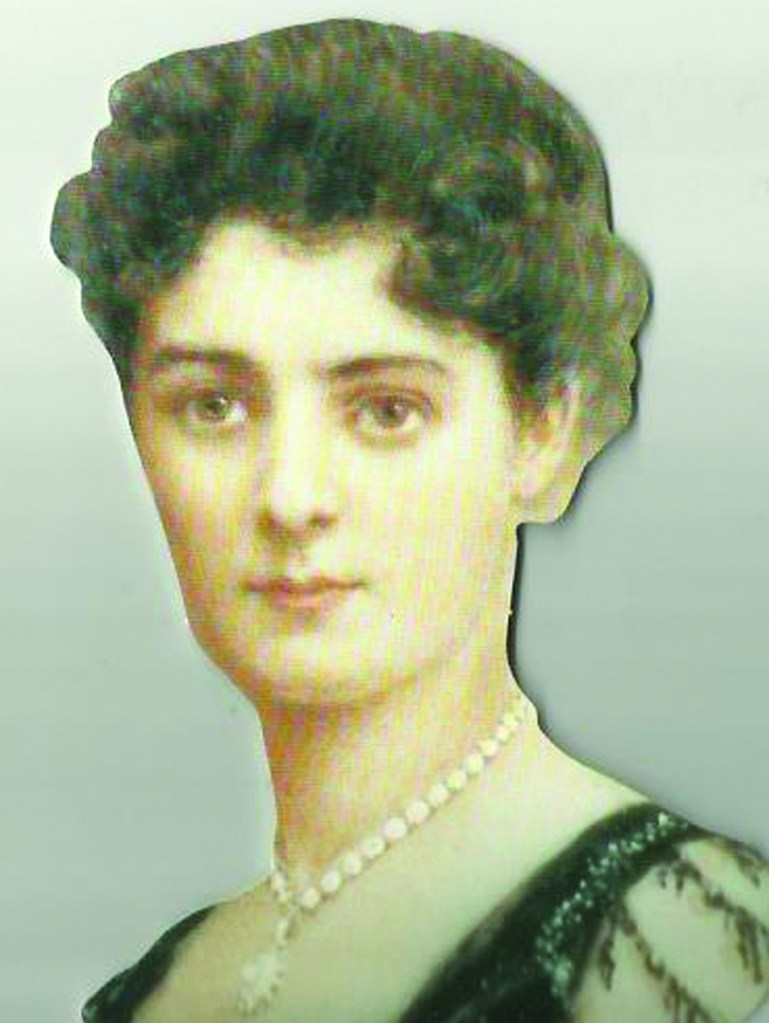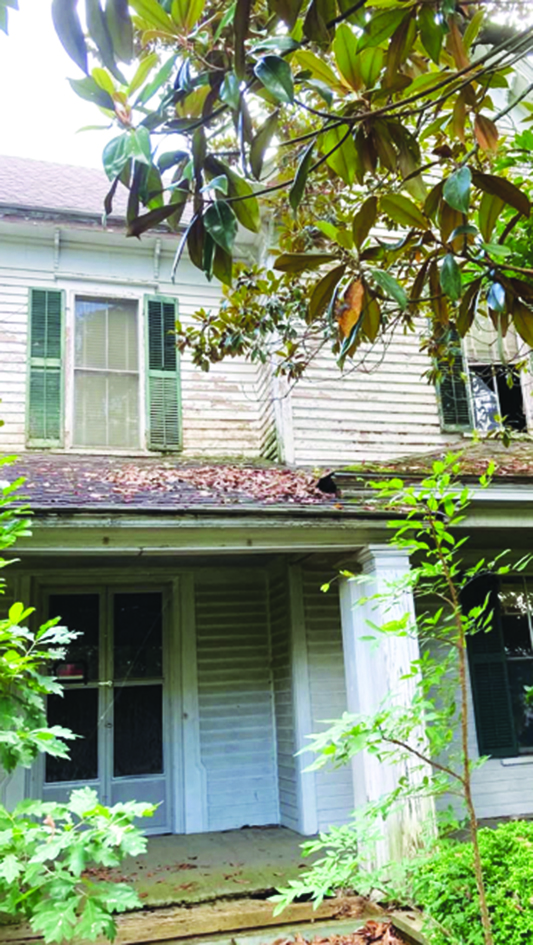First Ladies: Frances Folsom marries Grover Cleveland in the White House
Published 9:35 am Thursday, April 29, 2021
|
Getting your Trinity Audio player ready...
|
By Betty Etchison West
Cana/Pino Correspondent
The story of the wife of Grover Cleveland, the 22ond President of the United States, is different from that of any other First Lady.
Trending
In 1864, Frances Folsom was born in Buffalo, N.Y. to Emma Cornelia Harmon Folsom and Oscar Folsom. Mr. Folsom and Grover Cleveland were law partners.
When Frances Folsom was 11 years old, her father was killed in a horse and buggy accident. Grover Cleveland, her father’s partner, became the administrator of his estate and the unofficial guardian of his only child, Frances.
Even though Mr. Cleveland was not legally required to take care of Frances, he chose to do so. He took care of her needs as she grew up, and he even sent her to college. After she went to Wells College, Mr. Cleveland asked her mother for permission to correspond with Frances. That permission was granted, and, throughout her college years, Frances got letters, and flowers always adorned her dormitory room.
Frances, who was often called Frankie or Frank, was an attractive young lady. She is described in the book, First Ladies, by Carl Sferrazza Anthony, as being tall and slim with pale skin and rosy cheeks, and sapphire blue eyes fringed by long think black lashes. Her lips were full and red, her chestnut hair wavy and abundant. Not only was she beautiful, she was well-educated and talented. She spoke French and German, read Latin, and played the piano beautifully. Frances also had a great sense of humor.
After her graduation from college, Frances and her mother went on a trip to Europe. When the travelers returned, Grover Cleveland was there to greet them. People knew about Cleveland’s interest in the family, but they believed Mr. Cleveland, who was already President, was interested in the widowed wife of his former partner. Not so. Soon after the Folsoms’ return from Europe, the President announced his engagement to Frances Folsom, the young lady he had helped. Grover Cleveland was 27 years older that the young lady to whom he became engaged.
Frances Folsom and Grover Cleveland were married in the White House on June 2, 1886. The wedding took place in the Blue Room with a small number of guests, which included the cabinet members. The wedding was small but did attract attention because there was a 21-gun salute from the Navy Yard, the church bells in the city rang, and the Marine Band played the Mendelssohn’s wedding march.
Trending
The Folsom/Cleveland wedding was the only one in which the President of the United States was married in the White House.
The press was excited about the wedding of the bachelor President and his lovely young bride. After their wedding, the couple went to Maryland for their honeymoon. The press camped out near the honeymoon cottage and spied on the newlyweds with binoculars. That was just the beginning of the constant attention of the press which lasted throughout the Clevelands’ years in the White House.
Life First Ladies speaks to the attention or harassment by the press. It says, “The press covered her every move with rapt attention. Neither Frances nor Grover was happy about her celebrity, the couple longed for genuinely private life.”
Frances Folsom Cleveland was the youngest First Lady, but age did not seem to be a problem because Mrs. Cleveland became one of the most popular and beloved First Ladies. The book, The First Ladies, by Margaret Brown Klapthor, says, “With a bride as First Lady, state entertainment took on new interest. Mrs. Cleveland’s unaffected receptions—two a week—one on Saturday afternoons, when women with jobs were free to come.” By showing that type of concern for all the people, the 21-year-old First Lady won the hearts of American people.
Another book, First Ladies Who Called the White House Home, by Beatrice Gormley adds, “She (Frances) charmed the press, Washington society, and even President Cleveland’s political enemies. She never took any interest in politics, but she tried to keep her husband from overworking.”
Frances Cleveland, joined several others, including Dolley Madison, Julia Tyler, and Julia Grant, who really enjoyed being First Lady. The people seemed to agree with the President when he said that his wife was “pretty level headed.” Frances, not only gained the respect of the public, but also that of the White House staff.
When the Clevelands were telling the staff good-bye as they left the White House at the end of Mr. Cleveland’s first term, Frances said, “Keep everything in order, we will be back.” She was right. Cleveland lost the election after his first term to Benjamin Harrison, but after four years, Mr. Cleveland won another term. He is the only President to serve split terms.
The first child of Frances and Grover Cleveland was born in New York between Mr. Cleveland’s two terms. Her name was Ruth. Ruth died of diphtheria in 1904. She had become a darling of the American people and a candy bar was actually named for her. Many believe that the Baby Ruth candy bar was named for the baseball player, Babe Ruth, but that is not true. It was named for the Cleveland’s first daughter.
When you visit Grover Cleveland’s birthplace in Caldwell, N.J., you are given a Baby Ruth candy bar in memory of Ruth, who was special to the American people.
During the Clevelands second term, their daughter, Ester, was born at the White House. She was the first child born to a President in the White House, but not the first child born in the White House. That honor belongs to Jefferson’s grandchild. The Clevelands had three other children, Marion, Richard Folsom, and Frances Grover.
After Cleveland’s second term, the family retired to Princeton, N.J.. Mr. Cleveland became a trustee of Princeton University. Mrs. Cleveland enjoyed entertaining faculty and students there.
Mr. Cleveland’s health began to fail, and he died in 1908. Frances Cleveland continued to live in Princeton, and, about five years after her husband’s death, she married a Princeton professor. Frances lived 39 years after the death of her first husband. She died in 1947 and was buried in Princeton beside President Cleveland.
The book, The First Ladies, by Klapthor, says this concerning Frances Cleveland: “She earned nationwide respect as a charming hostess and was a loyal wife and a capable mother.”
What greater praise could have been given to a lady who served as First Lady of the United States?






